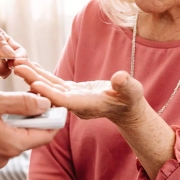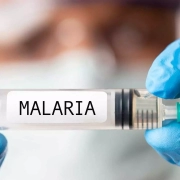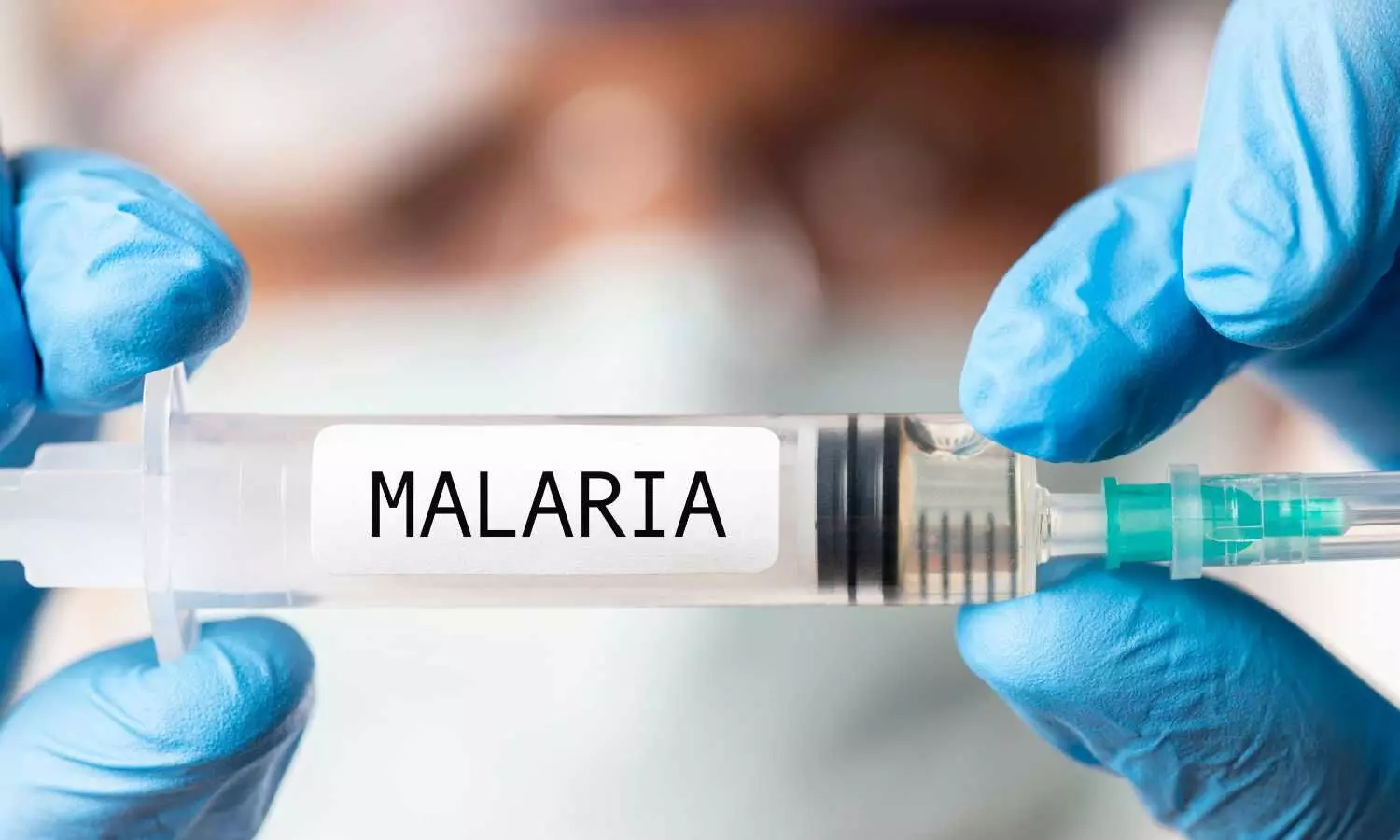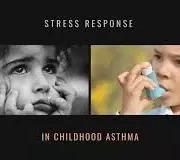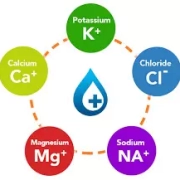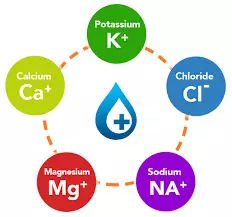Bempedoic acid use not tied to increased risk of new-onset diabetes: CLEAR Outcomes analysis

USA: Bempedoic acid safely reduces LDL cholesterol levels and the risk of cardiovascular events in statin-intolerant patients with and without diabetes, results from a new CLEAR Outcomes analysis have revealed.
The use of bempedoic acid over 3.4 years of follow-up in patients without diabetes did not lead to an increase in new-onset diabetes or worsening HbA1c levels, which is a concern with statin therapy. Bempedoic acid was also linked to a small amount of weight loss.
“The cardiometabolic safety profile and efficacy of bempedoic acid make it a clinical option for patients with and without diabetes who are unwilling or unable to take guideline-recommended doses of statins,” the researchers wrote in their study published in The Lancet Diabetes and Endocrinology.
Statins reduce cardiovascular (CV) events and LDL cholesterol among those with or without diabetes but have been suggested to increase new-onset diabetes. Findings from the CLEAR Outcomes trial revealed that t bempedoic acid reduced the risk of major adverse cardiovascular events (MACE) among statin-intolerant patients at high cardiovascular risk.
In the prespecified analysis of the CLEAR Outcomes trial, the dual aims of Prof Kausik K Ray, Department of Primary Care and Public Health, Imperial College London, London, UK, and colleagues were to evaluate the CV benefits of bempedoic acid, an ATP-citrate lyase inhibitor, in patients with diabetes. They also evaluated the risk of new-onset diabetes and HbA1c among those without diabetes in the CLEAR Outcomes trial.
The CLEAR Outcomes study, a cardiovascular outcomes trial, included 13,970 primary- and secondary-prevention patients deemed intolerant to statins. In the main trial, treatment reduced the relative risk of the primary four-component MACE endpoint (nonfatal MI, CV death, coronary revascularization, or nonfatal stroke), and the three-component MACE endpoint that excluded revascularization, by 13% and 15%, respectively. 6,373 had diabetes and 5,796 had prediabetes from the patients included in the trial.
The study led to the following findings:
- Over a median of 3·4 years follow-up, patients with diabetes had significant relative and absolute cardiovascular risk reductions in MACE-4 endpoints with bempedoic acid (HR 0·83; absolute risk reduction of 2·4%) compared to placebo, with no statistical evidence of effect modification across glycaemic strata.
- The proportion of patients who developed new-onset diabetes was similar between the bempedoic acid and placebo groups, 11·1% with bempedoic acid versus 11·5% with placebo (HR 0·95).
- HbA1c concentrations at month 12 and the end of the study were similar between randomised groups in patients with prediabetes and normoglycaemia.
- Placebo-corrected LDL cholesterol concentrations and high-sensitivity C-reactive protein at 6 months were reduced in each glycaemic stratum (diabetes, prediabetes, and normoglycaemia) for patients randomly assigned to bempedoic acid.
“Bempedoic acid reduces high-sensitivity C-reactive protein and LDL cholesterol, and risk of cardiovascular events in diabetes patients unable or unwilling to take guideline-recommended doses of statins,” the researchers wrote. “Patients without diabetes had no increase in new-onset diabetes or worsening HbA1c with bempedoic acid.”
“The cardiometabolic safety profile and efficacy of bempedoic acid make it a clinical option for those with and without diabetes,” they concluded.
Reference:
Ray KK, Nicholls SJ, Louie MJ, et al. Efficacy and safety of bempedoic acid among patients with and without diabetes: prespecified analysis of the CLEAR Outcomes randomised trial. Lancet Diab Endocrinol. 2023;Epub ahead of print.
Powered by WPeMatico

